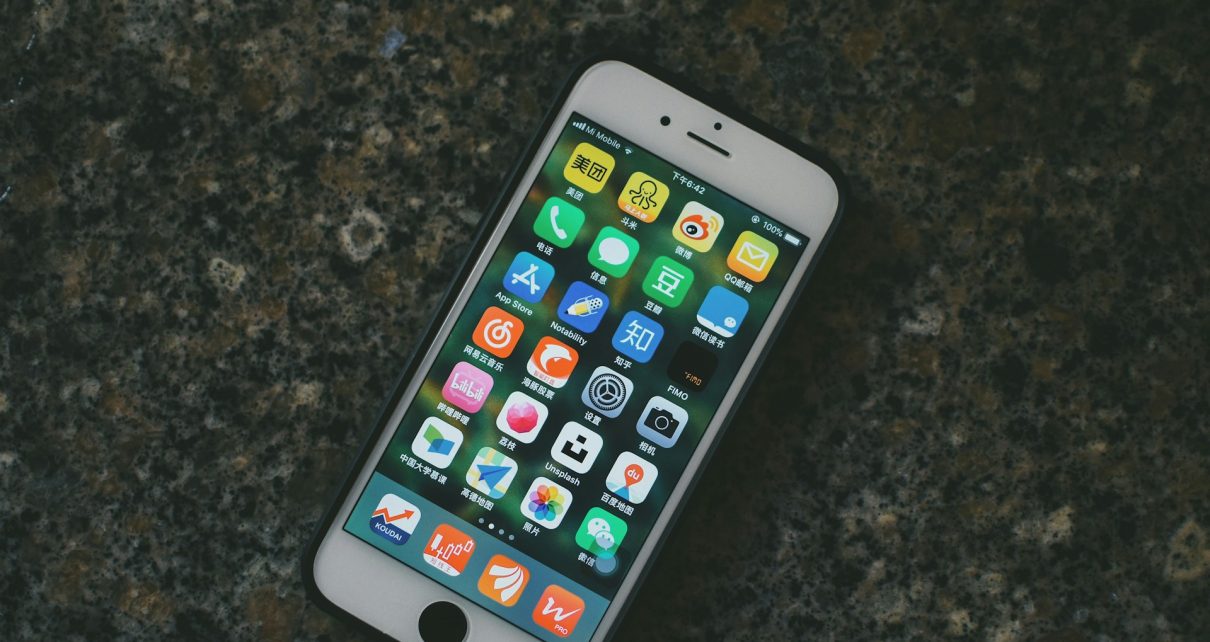Following the anticipated launch of the iPhone 17 Air this fall, Apple appears to be shifting focus to a new form factor — its first foldable iPhone. While it’s still too early for an official announcement, rumors and insider leaks are beginning to paint a clearer picture of what might be Apple’s most significant design evolution yet.
Foldable iPhone May Arrive in 2026
Despite growing speculation, even the most optimistic predictions agree on one point: we won’t see Apple’s foldable phone before 2026. However, industry analysts suggest that September 2025 will be a key moment, with Apple set to release the iPhone 17 Air — a device expected to be the company’s slimmest smartphone to date. This could mark the beginning of a broader transformation in Apple’s approach to device form factors.
Inspiration From Android, But Apple’s Own Path
Foldable smartphones have been available in the Android ecosystem for years. Samsung, for example, introduced its first foldable phone with a flexible OLED display and hinge mechanism back in February 2019. Since then, the technology has matured significantly, with many early issues — like fragile hinges and dust infiltration — largely resolved.
Still, foldables haven’t become mainstream, largely due to their high cost, often exceeding €1600, and certain limitations in usability. While users benefit from expanded screen real estate when unfolded, the square-like display isn’t ideal for widescreen content like movies or TV shows, leading to thick black bars on the screen. On the upside, foldables do support advanced multitasking, such as running multiple apps simultaneously — something iOS still doesn’t offer.
Apple’s Foldable: Book-Style Design With Advanced Engineering
Based on early reports, Apple’s foldable iPhone is expected to feature a book-style design. When folded, users would interact with a regular outer display roughly the size of a standard iPhone. Once opened, the internal screen would expand to nearly double the size. Speculation points to an outer screen ranging from 5.5 to 6.9 inches and an internal display measuring between 7.8 and 8 inches.
Unlike many of its Android rivals, Apple is said to be developing a new hinge mechanism and display technology that minimizes — or even eliminates — the visible crease along the fold. The hinge itself could be crafted from a liquid metal alloy, promising a combination of durability, lightweight design, and thinness.
The device may include cameras on both the front and back, and reports suggest it could incorporate a Dynamic Island feature on the inside. There’s also speculation that Apple might bring back Touch ID through a fingerprint sensor, providing an additional way to unlock the device.
iOS 19: A Foldable-Optimized Operating System?
To power its new foldable hardware, Apple is reportedly working on a redesigned operating system. iOS 19 is rumored to introduce a completely refreshed visual experience and could be tailored specifically for foldable devices. It remains to be seen whether multitasking capabilities will go beyond what’s currently available on iPadOS, but expectations are high.
Battery life is another area of focus. Apple is believed to be testing new ultra-thin battery cells designed to provide extended battery life without increasing device thickness. These cells may debut in the iPhone 17 Air, setting the stage for more demanding foldable models.
A Premium Price Tag and Future Concepts
As with many first-generation Apple products, the foldable iPhone is likely to come with a premium price. Analysts suggest starting prices could be upwards of €2000, reinforcing the idea that this device will be targeted at the high-end market segment.
There’s also curiosity about whether Apple is exploring even more advanced form factors, such as double-folding phones like those developed by Huawei. While these designs offer certain advantages over traditional foldables, they also raise new durability concerns. Whether Apple is secretly working on similar concepts is still unknown.
For now, fans can only hope that Apple’s long development cycle has helped the company avoid the pitfalls seen in early foldable models. If done right, Apple’s entry into the foldable market could set a new standard — and redefine what we expect from the smartphone of the future.



